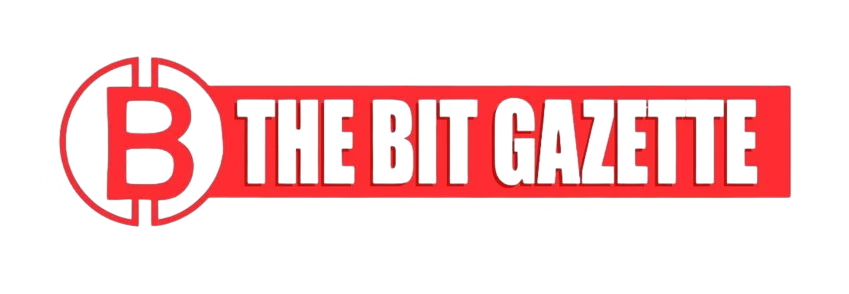Gemini co-founder Cameron Winklevoss told investors Tuesday that bitcoin trading below $90,000 may represent a final buying opportunity at that level, as the cryptocurrency slipped beneath the threshold and erased its gains for 2025.
Bitcoin has fallen from a record above $126,000 on October 6 to the low $90,000 range, wiping approximately $600 billion from its market capitalization and returning prices to levels last seen seven months ago.
The decline has reignited debate about whether the current cycle follows historical patterns tied to bitcoin’s four-year halving schedule, though analysts note that deepening institutional participation may be disrupting those frameworks.
Macro headwinds and leverage flush weigh on prices
The selloff has unfolded without a single catalytic headline, instead reflecting broader pressure from a prolonged government shutdown, persistent trade tensions, and weak liquidity conditions that have weighed on risk assets generally.
Analysts say bitcoin increasingly trades as a macro asset responsive to dollar strength, interest rate expectations, and global growth sentiment rather than purely supply-driven dynamics.
Leverage amplification has intensified the move. Approximately $19 billion in leveraged positions were liquidated last month, a flush amplified by long-term holders taking profits. The current correction falls within the 400-to-600-day window after the April 2024 halving when bitcoin has often peaked in prior cycles.
Whale activity and derivatives positioning signal caution
On-chain data from mid-November shows concentrated selling by large holders. A Bitunix analyst noted that wallets holding more than 1,000 bitcoin executed sales that pushed prices from below $100,000 toward $97,000, with exchange and derivatives data pointing to synchronized selling pressure.
Whale short exposure now exceeds long positions, with on-chain metrics showing approximately $2.17 billion in shorts versus $1.18 billion in longs, according to the analysis. Bitcoin ETFs have recorded net outflows worth several billion dollars over five consecutive weeks.
Derivatives traders have been purchasing put options around the $90,000 to $95,000 range, signaling demand for downside protection at current levels.
Reports from Glassnode and MarketVector have characterized the selling as “scheduled distribution” by long-term holders rather than panic liquidation, while noting that the market’s capacity to absorb supply has weakened. ETF redemptions and slower institutional allocation mean similar selling waves can now trigger sharper price moves and cascading liquidations.
Technical levels and institutional activity
Analysts are monitoring $100,000 as resistance and $93,000 as key support. Bitunix identified whale wallet flows, ETF trends, and options market positioning as primary indicators, noting that a reversal would require stronger spot inflows, reduced short exposure, and calmer implied volatility to signal genuine demand rather than short-term covering.
Institutional buyers remain active. MicroStrategy disclosed Monday that it purchased 8,178 bitcoin at an average price of $102,171, spending approximately $835 million and expanding a balance sheet that makes it one of the largest corporate holders.
Winklevoss’ assertion that this represents a final opportunity below $90,000 echoes a recurring theme in cryptocurrency markets: that significant drawdowns precede higher price levels, though the path depends as much on global liquidity and policy conditions as on halving cycles and on-chain metrics.










